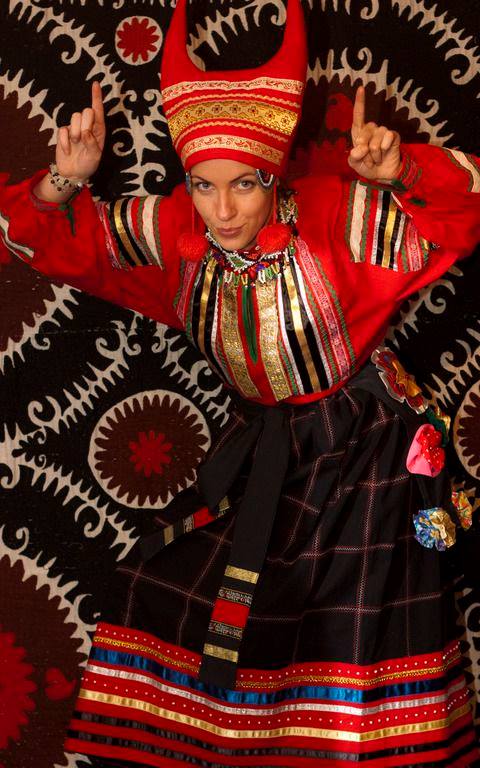Kokoshnik, Ukraine Headdress

Photos of tribal clothing like this make me think about empires and their need to turn those who resist them into evil. Such propaganda where tribes of people are renamed demons and devils. As you dig into these cultures, their stories are really amazing. Elder Mountain has a great story of these people that is worth reading:
By Phoenix of Elder Mountain – I am particularly interested as a shaman, in my ancestral grandmothers and their ancient prehistoric rituals which were dominant before the 5th through 8th centuries. Before writing, we had art and oral traditions that carried our stories during the long winter moons and the celebrations of life. Much can be seen in more primitive folk arts of both Slavic and Balkan peoples, the rituals left today that have pieces of her story.
Its been millenniums since her story was active but clues left from ancient artist’s and shamans rituals are still all over the world in archaeology, cave paintings, and old threads from ancient weavers. They are also hidden in the very subtle, such as images, stone art, middle ages textiles and folk art, modern textile folk clothing, headdresses, bridal wear, folk songs, round dances and aspects of older pre-pagan symbolism, hieroglyphs and petroglyphs.
One particular ancient shamanic lineage still has a modern tradition today, which are the Russian headdresses of the Balto-Slavic women who wore what is called today, the Russian or Slavic “Horned Kichka.” These also have similarities of the traditional Norwegian Headdresses, including Norway, Sweden, Finland and the Balkan headdresses of Georgia, Estonia, Latvia and Lithuania, all resemble a basic folk traditional headdress that are remarkably alike.